
AI – A New Driving Force for the Modern Supply Chain
AI is becoming a key factor in the modernization of supply chains. Its ability to process and analyze large volumes of real-time data enables AI to deliver accurate forecasts and support faster, more effective decision-making. This is especially critical in volatile markets and amid constantly shifting customer demand.
AI not only enables businesses to respond swiftly to changes but also helps build more flexible and sustainable supply chains. By analyzing data from various sources, AI can identify emerging trends, anticipate risks, and suggest optimal solutions. This enables companies to cut costs while improving service quality and customer satisfaction.
Many countries are now promoting domestic manufacturing to reduce reliance on imports, which directly impacts international trade flows and requires logistics businesses to adjust their operational strategies.
Specific Applications of AI in the Supply Chain
Demand Forecasting
AI uses machine learning algorithms to analyze historical data and market trends, producing more accurate demand forecasts. This helps businesses plan production and distribution more effectively, minimizing excess inventory or stockouts. According to a McKinsey study, implementing AI in demand forecasting can reduce forecast errors by up to 50%, thereby lowering inventory costs and increasing revenue.
Inventory Management
AI assists in real-time inventory tracking and recommends optimal reorder levels. This helps reduce storage costs and prevent stockouts, ensuring that customer demand is met promptly. AI can also identify slow-moving items and recommend appropriate promotional or discount strategies.
Transportation Optimization
AI analyzes factors such as delivery times, shipping costs, and traffic conditions to recommend the most efficient transport routes. This not only cuts transportation costs but also improves delivery speed and service reliability. Moreover, AI supports the prediction and prevention of risks such as traffic congestion, adverse weather, or technical failures, helping businesses proactively adjust their logistics plans.
Case Study: Amazon – Supply Chain Optimization with AI
Amazon is one of the leading companies pioneering the use of AI to optimize its supply chain. The company employs AI for demand forecasting, inventory management, and transportation optimization. This helps Amazon reduce delivery times, cut operational costs, and enhance customer experience.
Specifically, Amazon has developed AI-powered demand forecasting systems to determine the required stock at each warehouse, thereby minimizing shortages and overstock. In addition, Amazon uses AI to optimize delivery routes, shortening shipping times and reducing transportation expenses. AI also enhances warehouse efficiency—from product placement to inventory tracking and control.

Companies are also working to diversify their supply sources and transportation routes to mitigate risks from trade protectionism and ensure continuity across supply chains.
Benefits and Challenges of AI Implementation
Applying AI to the supply chain offers several advantages, including improved operational efficiency, cost reduction, and better customer service. However, companies face challenges such as high upfront investment, the need for high-quality data, and a skilled workforce. To succeed, companies must develop clear AI deployment strategies, invest in technological infrastructure, and train their personnel.
Additionally, businesses must ensure transparency and ethical standards in using AI—especially in handling customer data. AI implementation should also be carried out flexibly and aligned with each company's specific context, avoiding a rigid or overly technology-dependent approach.
"We are heavily investing in technology and workforce training to ensure we can adapt quickly to any changes in global trade policy." — John Smith, CEO, ABC Logistics Company


.jpg)



.jpg)


.png)
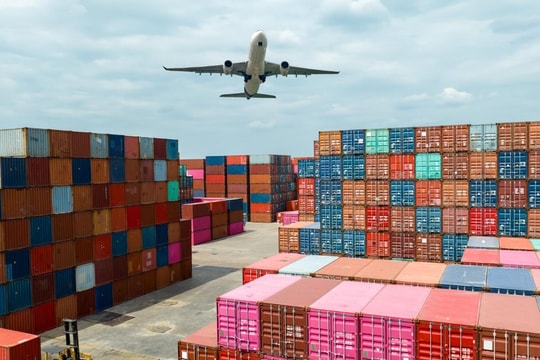


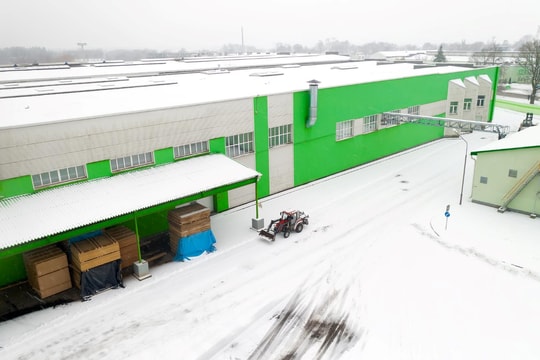
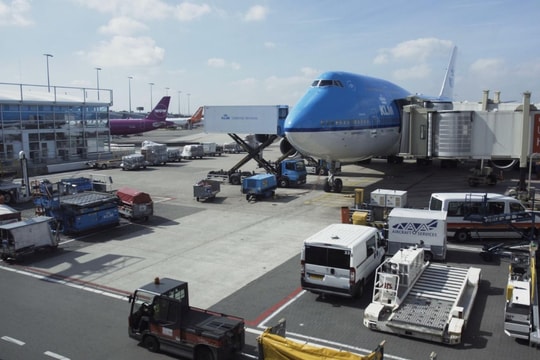
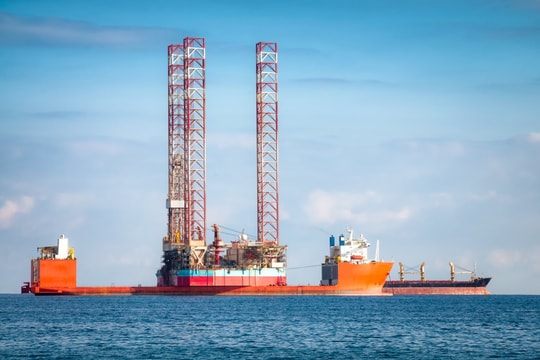
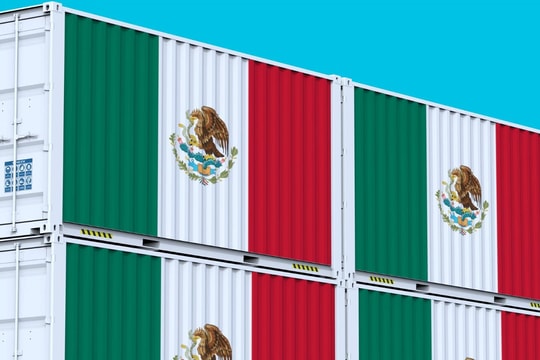
.png)


